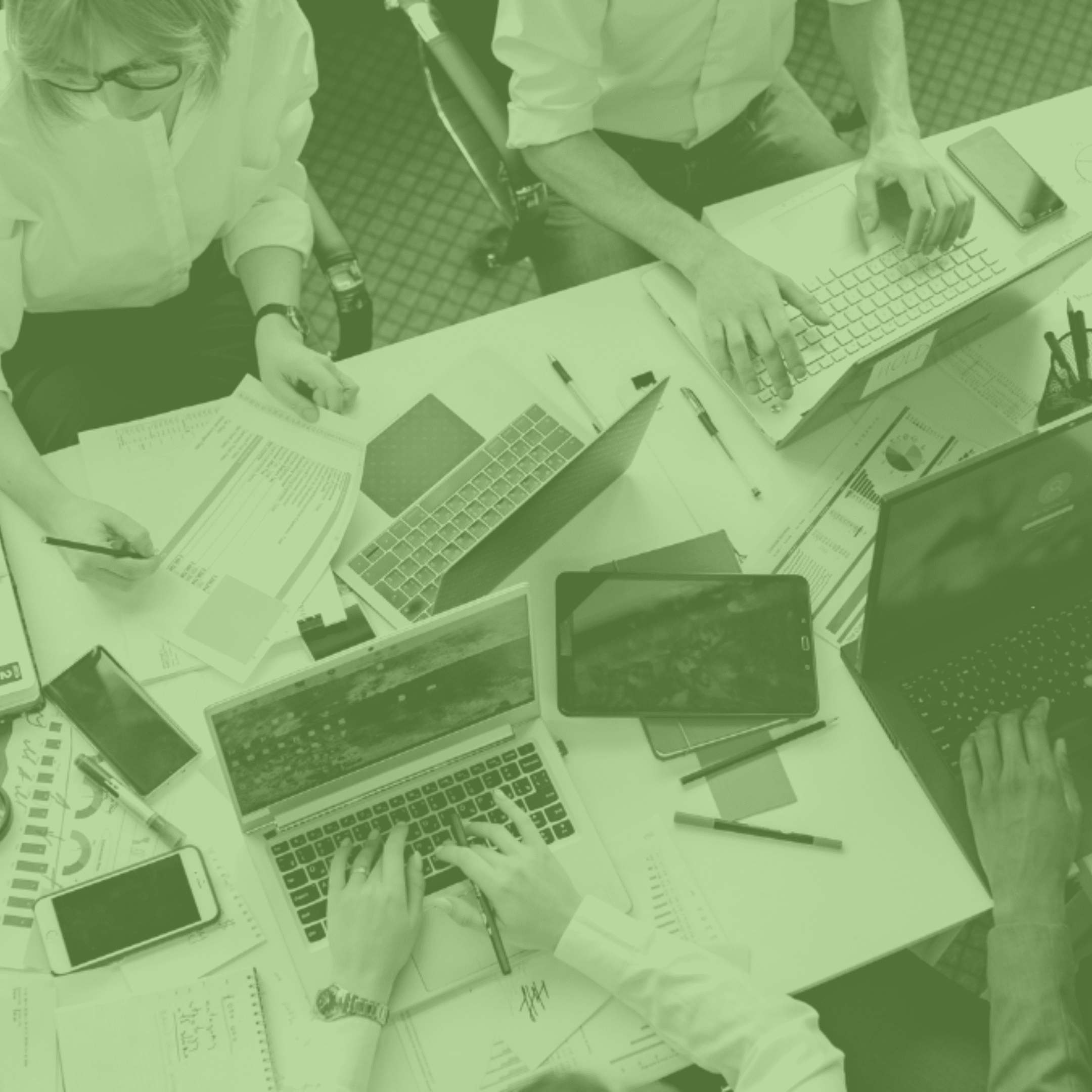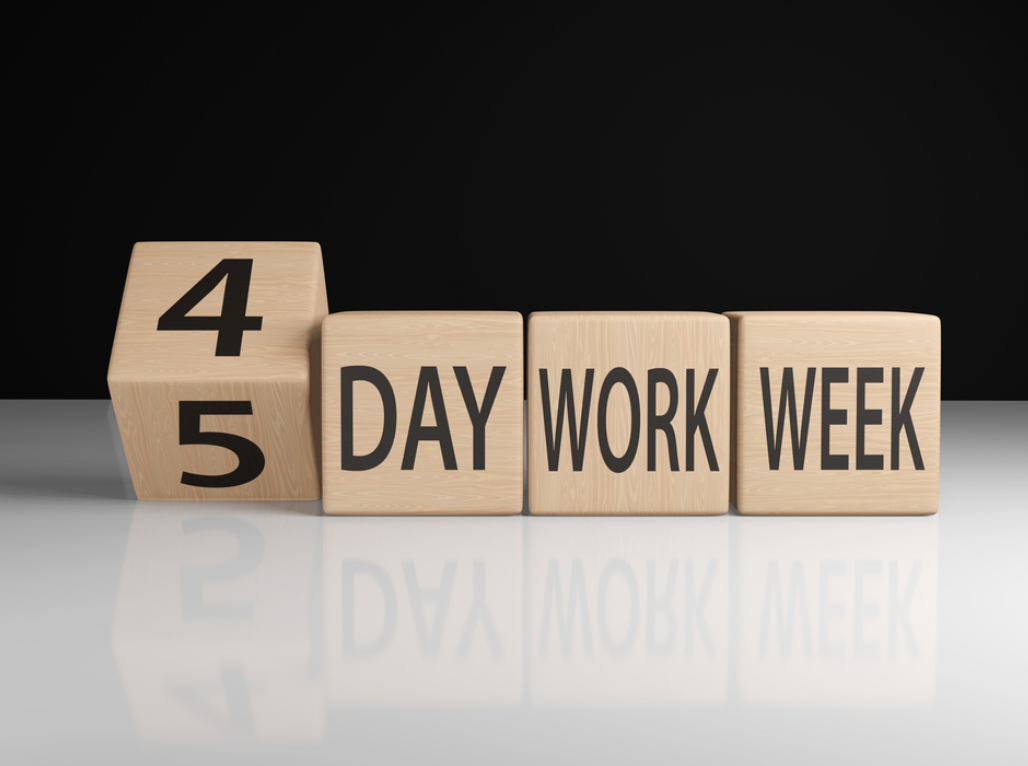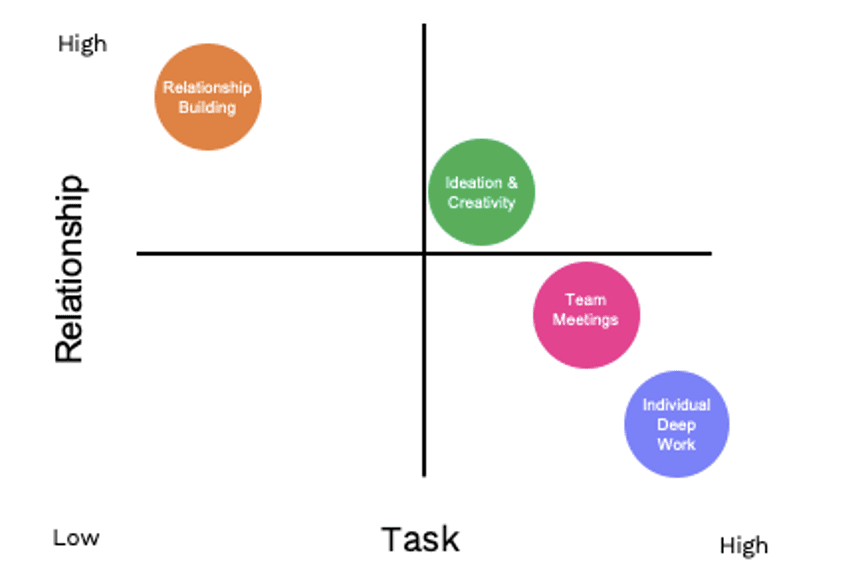To office? Or not to office?

Recent posts

From Firefighting to Innovating: 4 Strategies to Carve Out Space for Creativity
Zoe Aitken • 29 August 2024

COORDINARE’s Four-Day Week Success: 3 Powerful Lessons You Need to Know
Charlotte Rush • 29 August 2024

Everything I thought I knew about Work was Wrong: My Eye-Opening CEO Journey
Tina McIntosh • 1 August 2024
That was the next question on Hamlet’s lips. Here in Victoria, many of us are back at the office following a very tumultuous two years of making our kitchen tables the new conference room. Some organisations have mandated set days in the office, others have said come and go as you please. Either way, we know this adjustment to the hybrid environment hasn’t been seamless for employees. For example, research out of Swinburne University has shown that the top reasons flexible work is not working for Australian employees:
- Where and when – logistical requirements. Those working in a hybrid environment are least likely to know where and when they should be working.
- What – Those working in a hybrid environment were least able to know what they need to be working on “most of the time”
- Who – Those working in a hybrid environment were “least able to collaborate easily with the team” compared to those who were in the office full time or working remotely full time.
In addition to this, Microsofts 2022 Work Trend Index (over 30,000 survey respondents), found that more than one-third (38%) of hybrid employees say their biggest challenge is knowing when and why to come into the office. Yet few companies (just 28%) have established team agreements to clearly define the new norms. We know that productivity when working from home is just as high, if not higher than when we’re in the office, so what can we use the office for in this new landscape?
Tsedal Neeley is an expert on work and technology at Harvard Business School. She’s been studying virtual teams and collaboration for decades and she has some guidance for hybrid workplaces. “The reality is that we need to have design principles that help us determine when in-person work is necessary. Because the office should no longer be a destination. It should be a tool. So we need to invent the future that we want using the office as a tool, using technology as a place and trusting people to be able to give us what we want and need.”
So we suggest you do just that! Design your working habits so you can get the most out of what the office AND working from home have to offer. At Inventium, we think about hybrid work with a broader lens – we think about HOW people work and when and where. This includes WHAT you are actually doing (deep work vs shallow work, collaboration vs solo focus), how people communicate (mechanisms for communication – teams vs phone vs in-person conversations), how we meet (what are meetings for, how long for, type of communication channel), how we connect (regular, short check-in meetings vs less-regular, longer connection offsites, or somewhere in between) and how we make decisions (centralized, decentralized). All of these decisions have informed our thinking around when and where.
I find this axis below really useful when thinking about where we should be doing what

Everything we do at work fits somewhere on this grid. All the activities we engage in have varying relational components and task components. For example, relationship building with a new team member would score very highly on relationship but would score low on task – because we’re not focusing on delivering outputs, we’re focusing on forming and building a new relationship. On the other end of the axis, individual deep work requires periods of uninterrupted focus. This would score high on the task axis and low on the relationship axis.
The extremes are pretty intuitive – but we also have activities that fall in the middle – these are less clear. Team meetings have a combination of task-focused activities (agenda items, updates) and relational activities (catching up with colleagues, informal chatter). Similarly, ideation and creativity are focused on outputs but require trust and psychological safety (relational elements) to feel comfortable suggesting new ideas.
So based on this way of thinking about your work activities that occur across a given work week, how can you design your day so that you do high relationship activities in the office and high task activities at home? For those that fall in the middle can you take a team stance on what you commit to doing in person vs virtual. OR if you commit to a hybrid approach of some people in the office and some people dialling in from home – how can you design the virtual environment so that ideation and creativity (for example) can thrive from anywhere. Think miro boards, the use of pre-work, breakout room discussions etc.
Research shows us that taking the time to design your day can significantly increase work engagement and performance. This is pretty awesome in my book, given our jobs and titles aren’t changing – but the way we approach them is. Have a crack at designing your day!